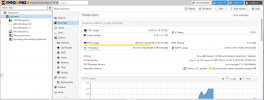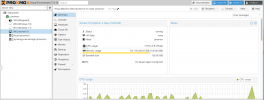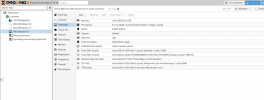Hello,
How to troubleshoot a slow vm?
I configured this vm to have direct access to a seagate sata drive with passthrough.
The drive is setup with a NTFS partition so if I need to take it out and connect it to a windows machine.
It is running current version of ubuntu server. The vm has 1 socket 8 cores cpu, 32gb of memory. The CPU usage is around 5-10% usage but the memory is 90% usage.
Does given a vm direct access to hard drive slow the vm down?
Thank you
How to troubleshoot a slow vm?
I configured this vm to have direct access to a seagate sata drive with passthrough.
The drive is setup with a NTFS partition so if I need to take it out and connect it to a windows machine.
It is running current version of ubuntu server. The vm has 1 socket 8 cores cpu, 32gb of memory. The CPU usage is around 5-10% usage but the memory is 90% usage.
Does given a vm direct access to hard drive slow the vm down?
Thank you




